Today, we are going to introduce you to a renowned inventor, mathematician and artist, Leonardo di ser Pierro da Vinci. His work, the Mona Lisa is a familiar name to most people in the world. But his story is one unknown to many.
Born on 15th April 1452 in Vinci, a region in Florence, Leonardo was mentored by a notable artist Verrocchio. Other famous protégées of Verrocchio include Botticelli and Perugino. It is said that Leonardo aided Verrocchio with his painting of The Baptism of Christ, and painted an angel holding Jesus’s robe in a manner so superior to his master’s, that Verrocchio never painted again. It is rumoured that Leonardo even modeled for Verrocchio’s statue of David.
From here onwards, records of his life disappear to resurface around the time when he went to Milan in 1482. Here, he was commissioned to make The Virgin of the Rocks and The Last Supper for a monastery. During this time, he was also involved in making a model for a large equestrian monument for Francesco Sforza, an elaborate deal for which seventy tons of bronze was required. As with most of Leonardo’s work however, the monument remained unfinished for a long time. In November 1494, just when Leonardo had started making plans for casting, the bronze kept aside had to be used to make cannons to defend the city from an attack led by Charles VIII.
Following this, Leonardo fled Milan. In 1500, he returned to Florence, where he was provided with a workshop by the Servite monks of a monastery. Here Leonardo created a cartoon of The Virgin and The Child, winning great admiration among the common people. After this, Leonardo spent two years creating a mural depicting the Battle of Anghiari for the Signoria. He employed various techniques ranging from painting on a dry stone wall to using wet plaster for his art. Typically however, he used oil paint made by hand from ground pigments.
In 1506, he returned to Milan. From here, he went back to Florence in 1507 due to his father’s death, but chose to came back to Milan a year later and settle in Porta Orientale. From 1513 to 1516, Leonardo lived in the Vatican. Upon the recapture of Milan by France in 1515, Leonardo was commissioned to make a mechanical lion that could walk and open to reveal a chest full of lilies. Leonardo died on 2 May 1519 and was buried in the Chapel of Saint-Hubert. But even centuries after the end of his tumultuous life, his name lives on as that of a legend, the most celebrated artist of all times.
Author - Nikita Singal (PGP1 Finesse Club Member)
Born on 15th April 1452 in Vinci, a region in Florence, Leonardo was mentored by a notable artist Verrocchio. Other famous protégées of Verrocchio include Botticelli and Perugino. It is said that Leonardo aided Verrocchio with his painting of The Baptism of Christ, and painted an angel holding Jesus’s robe in a manner so superior to his master’s, that Verrocchio never painted again. It is rumoured that Leonardo even modeled for Verrocchio’s statue of David.
From here onwards, records of his life disappear to resurface around the time when he went to Milan in 1482. Here, he was commissioned to make The Virgin of the Rocks and The Last Supper for a monastery. During this time, he was also involved in making a model for a large equestrian monument for Francesco Sforza, an elaborate deal for which seventy tons of bronze was required. As with most of Leonardo’s work however, the monument remained unfinished for a long time. In November 1494, just when Leonardo had started making plans for casting, the bronze kept aside had to be used to make cannons to defend the city from an attack led by Charles VIII.
Following this, Leonardo fled Milan. In 1500, he returned to Florence, where he was provided with a workshop by the Servite monks of a monastery. Here Leonardo created a cartoon of The Virgin and The Child, winning great admiration among the common people. After this, Leonardo spent two years creating a mural depicting the Battle of Anghiari for the Signoria. He employed various techniques ranging from painting on a dry stone wall to using wet plaster for his art. Typically however, he used oil paint made by hand from ground pigments.
In 1506, he returned to Milan. From here, he went back to Florence in 1507 due to his father’s death, but chose to came back to Milan a year later and settle in Porta Orientale. From 1513 to 1516, Leonardo lived in the Vatican. Upon the recapture of Milan by France in 1515, Leonardo was commissioned to make a mechanical lion that could walk and open to reveal a chest full of lilies. Leonardo died on 2 May 1519 and was buried in the Chapel of Saint-Hubert. But even centuries after the end of his tumultuous life, his name lives on as that of a legend, the most celebrated artist of all times.
Author - Nikita Singal (PGP1 Finesse Club Member)

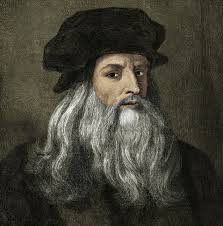
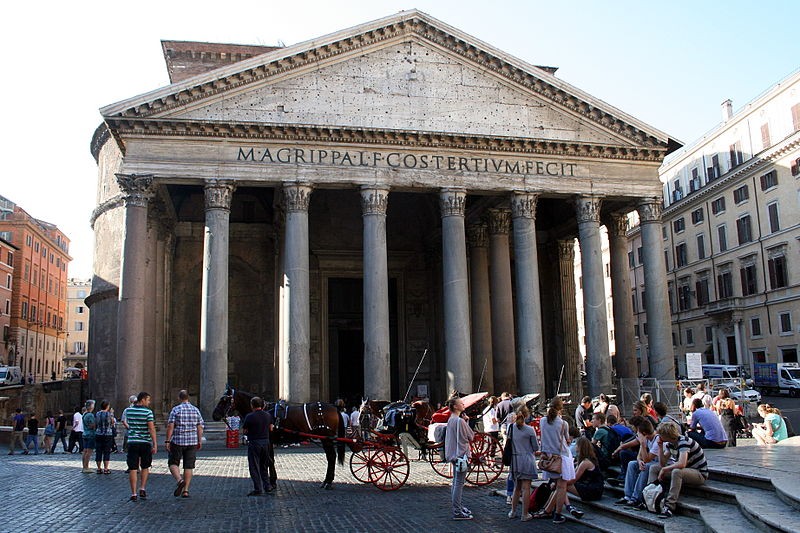

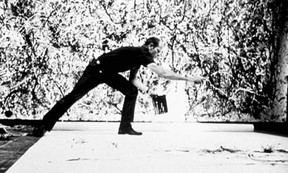
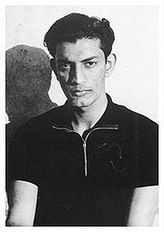
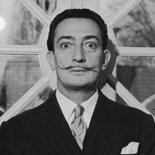
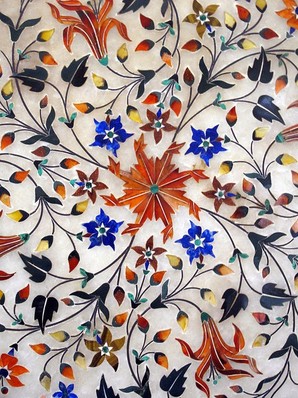


 RSS Feed
RSS Feed
